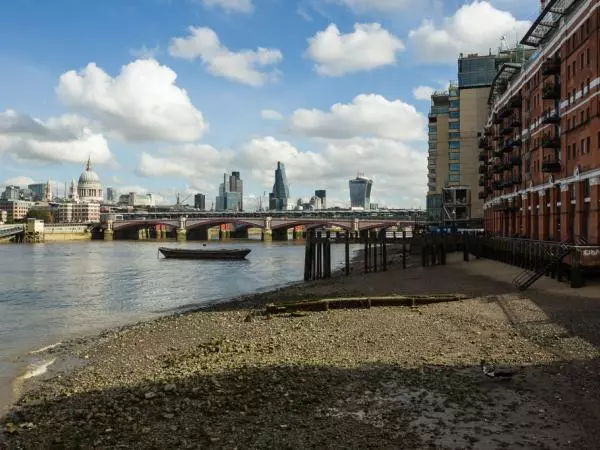Toolbox 1.0
“For the first time in history, the majority of the earth’s approximately seven billion inhabitants live in cities. Close to one billion people live in informal settlements, commonly known as slums or squatter settlements, and that number is projected to swell to two billion by 2030, pushing beyond the capacity of many local institutions to cope.
Lured to the city in search of work and greater social mobility or fleeing conflicts and natural disasters, many urban migrants suffer from insecure land tenure, limited access to basic services such as sanitation and clean water, and crowded living conditions. At the same time, these informal cities, full of culture and life, increase opportunities to create solutions to the problems they face.” (www.designother90.org)
Are wealth and power of influencing global decisions concentrated only within 10% of the world’s population? Inside the cyclone of a nameless crisis, is the other 90% progressively evolving an identity of its own?
Is “the other ninety percent” discussed within the context of informal urban development the same ninety percent that the protesters of the Occupy Wall Street movement talk about as a response to a global minority controlling the majority of global assets and resources? [1]
Is it only the 10% of cities that is being designed and the rest 90% is not? Or is the 90% designed in an autonomous and informal way by the people who inhabit the city without the help of professional planners or designers? Does this mean that the urban designer is an outdated individual who witnesses global urban growth without participating?
We believe that all of the above is true, and it brought us to develop an integral and multidimensional design Toolbox for urban and architectural solutions. Thought for the informal urban developments in low-income countries, the Toolbox is currently being designed and tested out in the field by A 01 from Costa Rica and XCOOP from The Netherlands in collaboration with Dutch NGO and network organization Cordaid Urban Matters.
Globalization has led to an increase of relationships and exchanges worldwide. However, the worldwide flow of goods and ideas does not seem to create a fair balance in terms of the distribution of resources and wealth. The necessity to better people's living conditions is challenging us to generate a Toolbox that intends to provide inputs for planning, design, implementation and evaluation of sustainable housing and neighborhood improvement projects and to ensure that each and every being involved will fulfill one's own expectations on economic, environmental, social, political and physical level.
Based on the idea of an international collection and exchange of knowledge, the first version of the Toolbox (Toolbox 1.0) is sub-divided in nine benchmarks concepts:
0.1 Place
0.2 Society
0.3 Identity
0.4 Economics
0.5 Environment
0.6 Technology
0.7 Participation
0.8 Design
0.9 Follow up
The Toolbox 1.0 will be implemented in eight case study cities from Latin America, to the Caribbean and to Africa based on an inclusive multi-directional exchange where local problems are solved through global high- and low-tech answers from the North and the South.
A global context is reflected in local case study sites. A first case study has started in 2012 within the municipality of Soyapango, bordering El Salvdor's capital city San Salvador. Each individual case study site will provide an upgrade of the Toolbox, which develops and improves gradually making it more applicable and specific with every new version. There is no final version of the Toolbox: every new version will include a growing range of tools that can be used in any city by the stakeholders involved. Projected applications of the Toolbox are: a multidisciplinary game, a workshop layout to support, capacitate and create local intelligence, a printed manual, an interactive web blog including all sections and instruments linked to their implementation in specific projects, and apps that can be downloaded and used via a step-by-step tutorial.
___
1 - This is a reference to the Occupy Wall Street movement that began on September 17, 2011 in Manhattan’s Financial District as a response to the role of Wall Street, major banks and multinational corporations in the creation of the financial crisis and subsequent economic recession. According to their unofficial website (occupywallst.org) this “people-powered” movement spread to over 100 cities in the United States and 1500 cities world wide. This website speaks about the movement representing 99% of the population that “aims to fight back against the richest 1% of people that are writing the rules of an unfair global economy […]” (occupywallst.org/about/). Other protesters talk about 90% of the population not being able to get by due to the economic system and unequal power structures.
This document is an illustration of the research, findings and work of A 01 and XCOOP, which has been developed in association with Cordaid Urban Matters.
 Share / Save
Share / Save
























Commenti 0
Inserisci commento